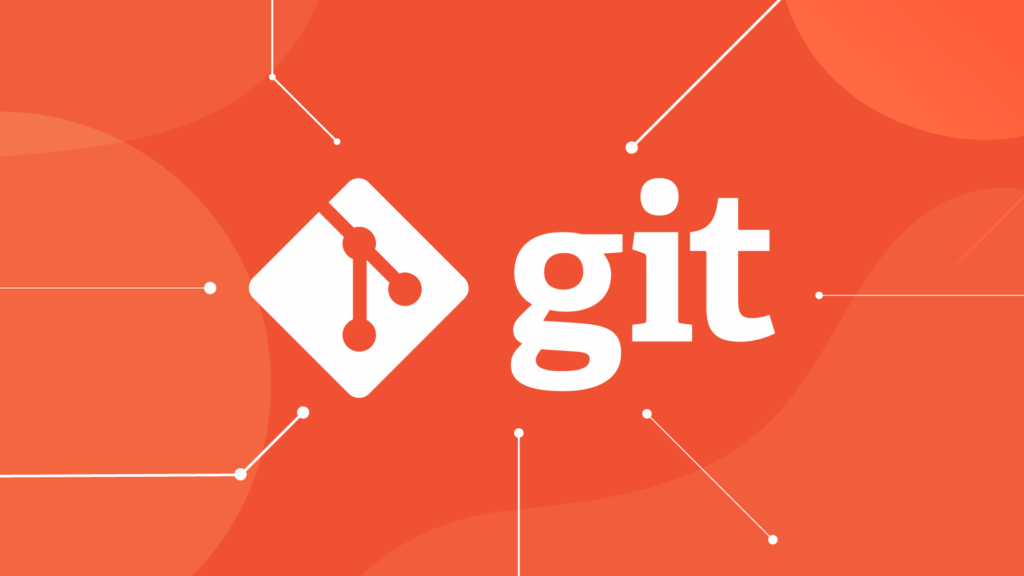
Abstract
This blog serves as a guide to mastering Git, the version control system widely used in software development. Tailored for aspiring and intermediate-level engineers, this blog provides insights, tips, and best practices to use Git effectively, akin to the practices of seasoned senior engineers.
Introduction
Git, born out of the open-source software community, has become the de facto standard for version control in software development. While many developers are familiar with its basic commands, using Git at the level of a senior engineer requires a deeper understanding of its intricacies and best practices. This white paper aims to bridge the gap between basic Git knowledge and the advanced skills employed by senior engineers, offering a roadmap for developers to elevate their Git proficiency.
The Fundamentals
Before delving into advanced Git usage, it’s crucial to solidify the fundamentals. This includes understanding key concepts like repositories, branches, commits, and remotes. Familiarity with these fundamentals lays the groundwork for mastering Git at a senior level.
Branching Strategies
Feature Branching
One hallmark of senior Git usage is employing robust branching strategies. Feature branching, where each new feature or bug fix resides in its own branch, enhances collaboration and minimizes conflicts. Ensure descriptive branch names and adhere to a naming convention for consistency.
Release Branching
For managing releases, adopt a release branching strategy. Create a dedicated branch for each release to isolate release-specific changes. This facilitates hotfixes and ensures a stable codebase for production deployments.
Commit Best Practices
Senior engineers exhibit a disciplined approach to commits. Follow these best practices:
- Atomic Commits: Keep each commit focused on a single change. This facilitates easier code review and pinpointing issues.
- Descriptive Commit Messages: Craft meaningful and concise commit messages. Clearly communicate the purpose of the change, making it easier for collaborators to understand.
- Avoid Large Commits: Break down large changes into smaller, digestible commits. This aids in tracking changes and simplifies the process of identifying and reverting faulty commits.
Merging Strategies
When integrating changes, consider the following merging strategies:
Fast-Forward Merges
Fast-forward merges are ideal for maintaining a linear and clean Git history. However, use them judiciously, as they may not be suitable for all scenarios, especially when preserving context is crucial.
Merge Commits
For feature branches, prefer merge commits over fast-forward merges. This preserves the branch’s commit history, providing a clear timeline of changes and simplifying the identification of when specific features were introduced.
Collaboration Best Practices
Pull Requests
Leverage pull requests or merge requests as collaboration tools. These serve as a forum for discussion, code review, and validation before changes are merged into the main branch.
Code Reviews
Conduct thorough code reviews to maintain code quality. Seniors often advocate for reviews that focus not only on catching errors but also on knowledge sharing and mentoring.
Advanced Git Commands
Git Rebase
Mastering git rebase is a hallmark of senior Git usage. This command allows developers to rewrite commit history, squash commits, and resolve conflicts more gracefully. However, use rebase judiciously, especially when collaborating on shared branches.
Git Bisect
For debugging, the git bisect command is invaluable. It helps identify the commit that introduced a bug by performing a binary search through the commit history.
Managing Remote Repositories
Forking Workflow
In open-source projects, senior engineers often employ the forking workflow. Fork a repository, make changes in a feature branch within your fork, and submit a pull request to the original repository. This ensures a clean and organized contribution process.
Upstream Repositories
Maintain a clear understanding of upstream and downstream repositories. Regularly fetch changes from upstream to stay up-to-date with the latest developments in the main branch.
Handling Large Files with Git LFS
Senior engineers are adept at handling large files efficiently using Git Large File Storage (LFS). This extension manages large files separately, preventing them from bloating the repository and slowing down operations.
Git Hooks for Automation
Implementing Git hooks is a practice often seen in senior Git workflows. These hooks automate tasks such as running tests before commits or triggering deployment scripts, ensuring consistency and reducing manual effort.
Considerations for Git Configurations
Global and Local Configurations
Understand the distinction between global and local Git configurations. Senior engineers tailor configurations to suit their workflow, optimizing Git for efficiency.
Conclusion
In conclusion, using Git like a senior engineer requires a combination of advanced techniques, best practices, and a deep understanding of Git’s capabilities. This blog has outlined key strategies, commands, and considerations that can elevate a developer’s proficiency with Git. By mastering branching, committing, merging, collaborating effectively, and employing advanced Git commands, developers can navigate complex version control scenarios with confidence. Regularly updating skills and staying abreast of Git advancements are essential steps on the journey to becoming a seasoned Git practitioner.





